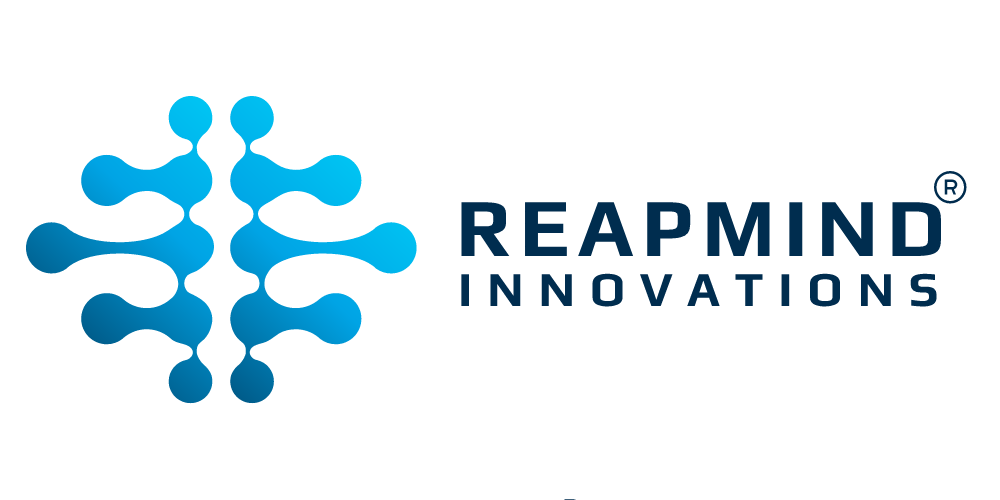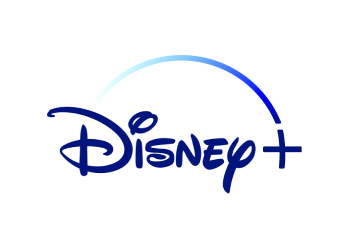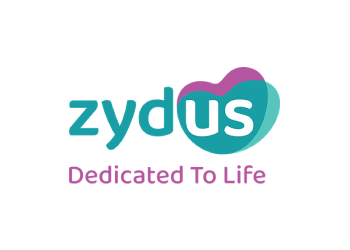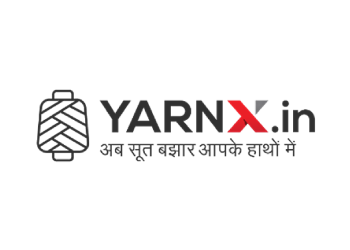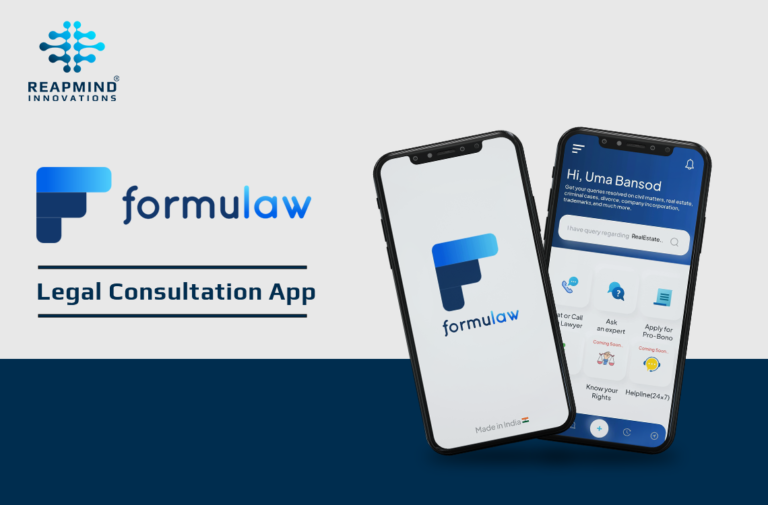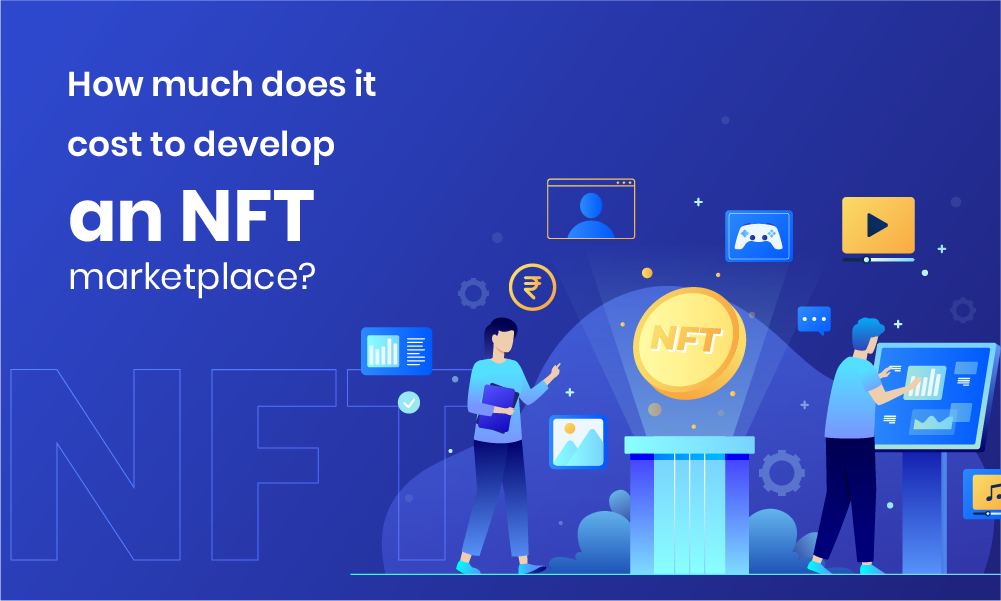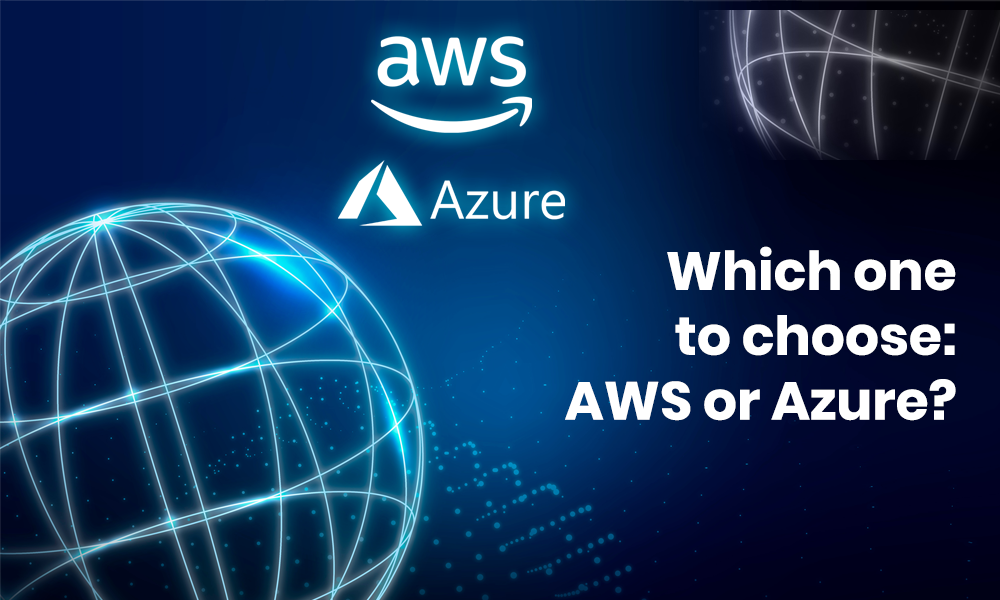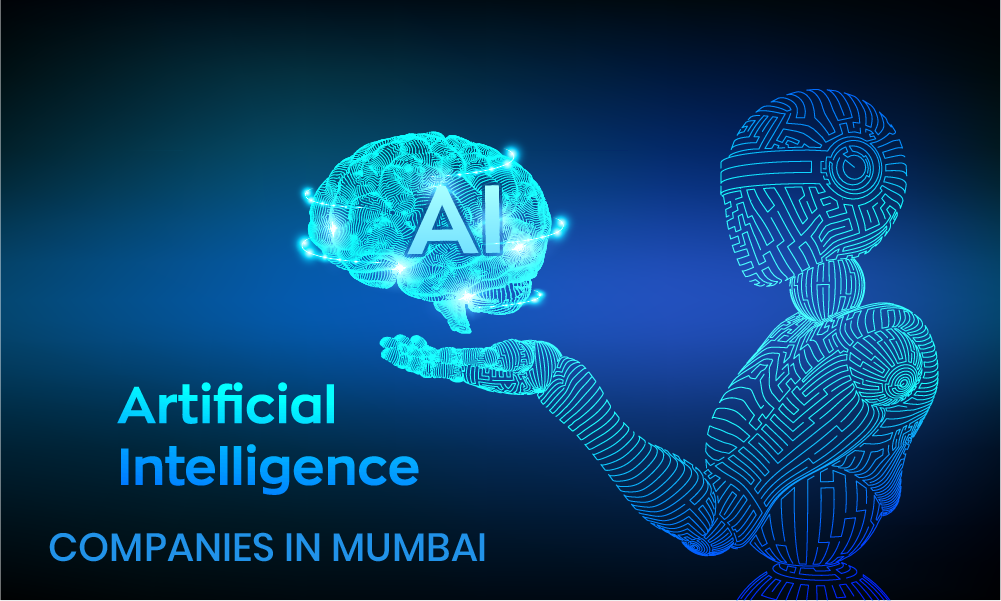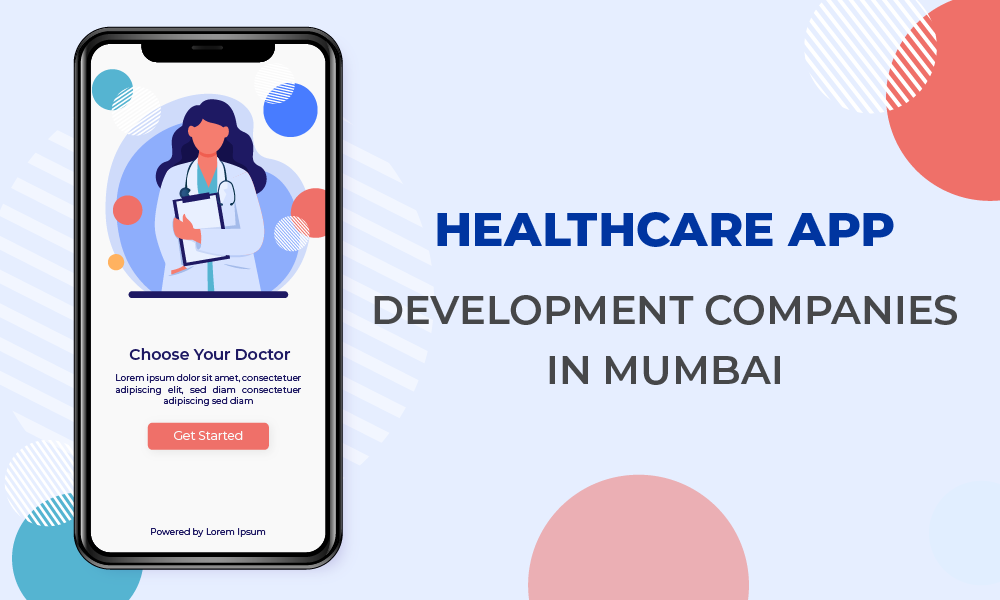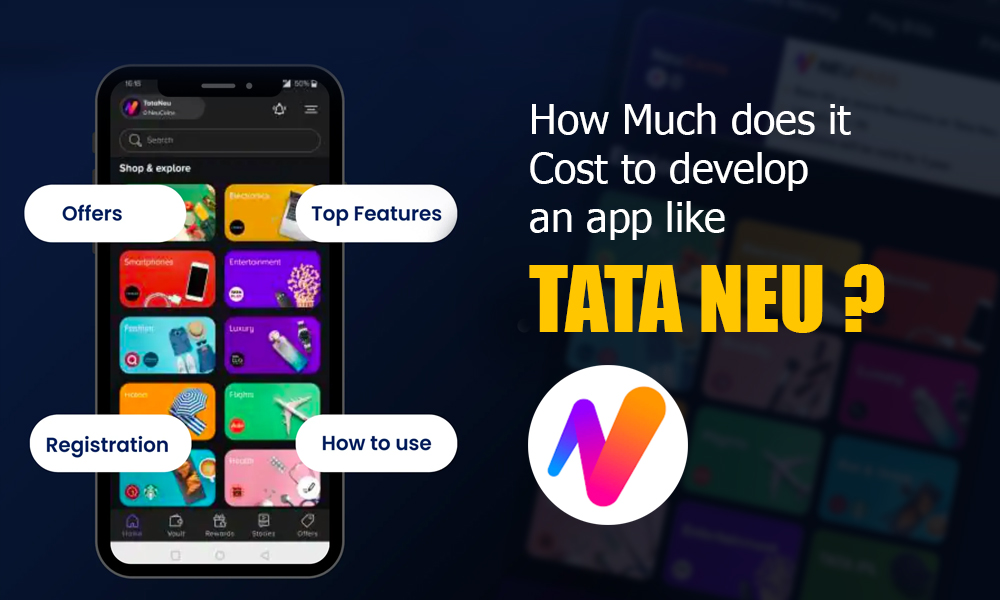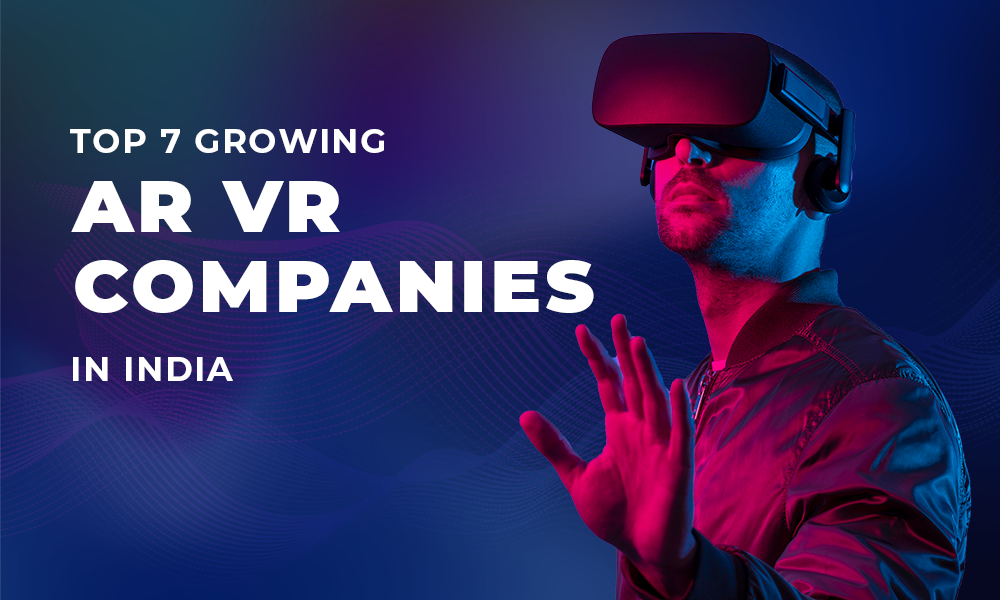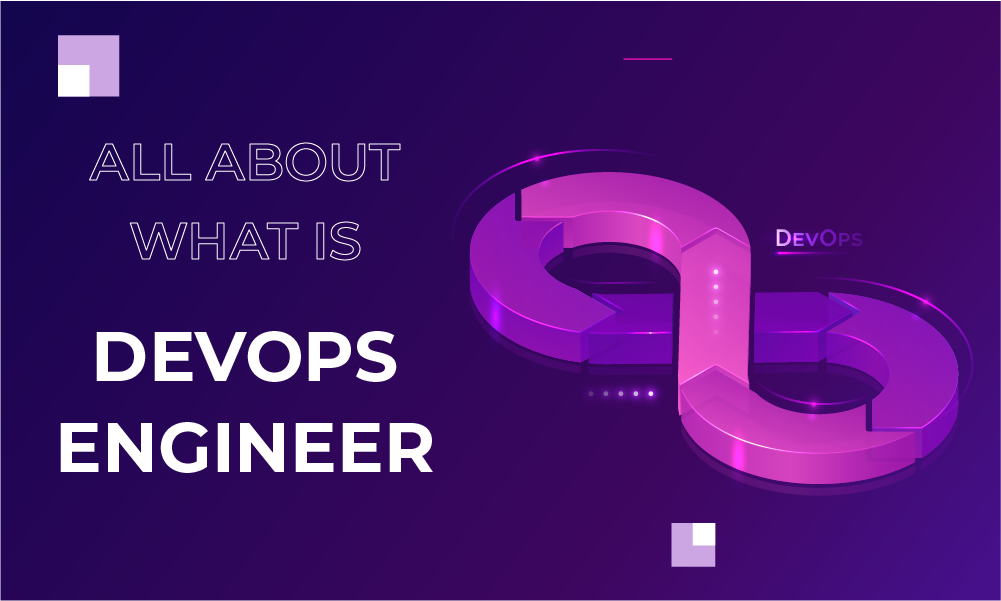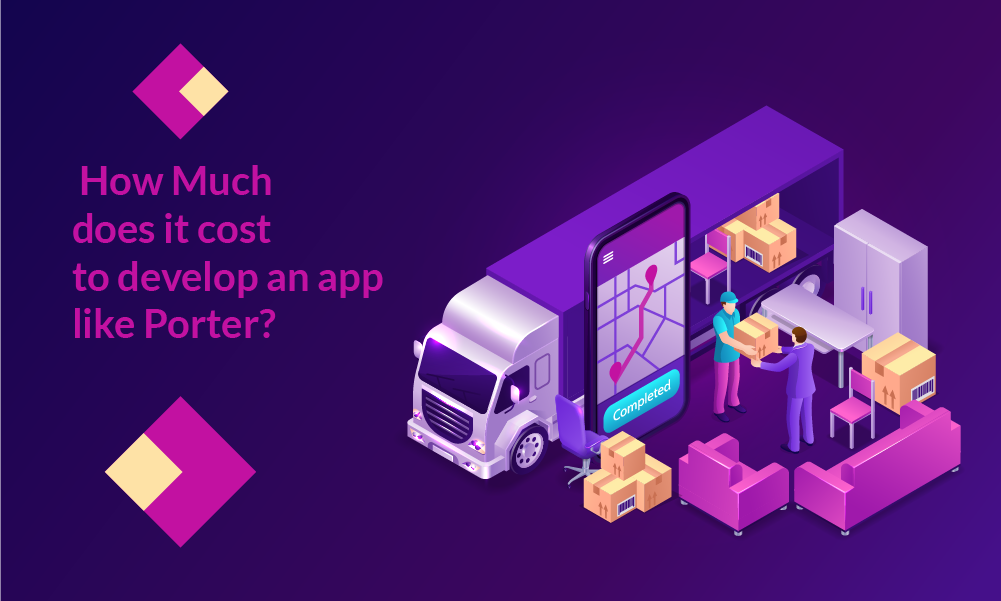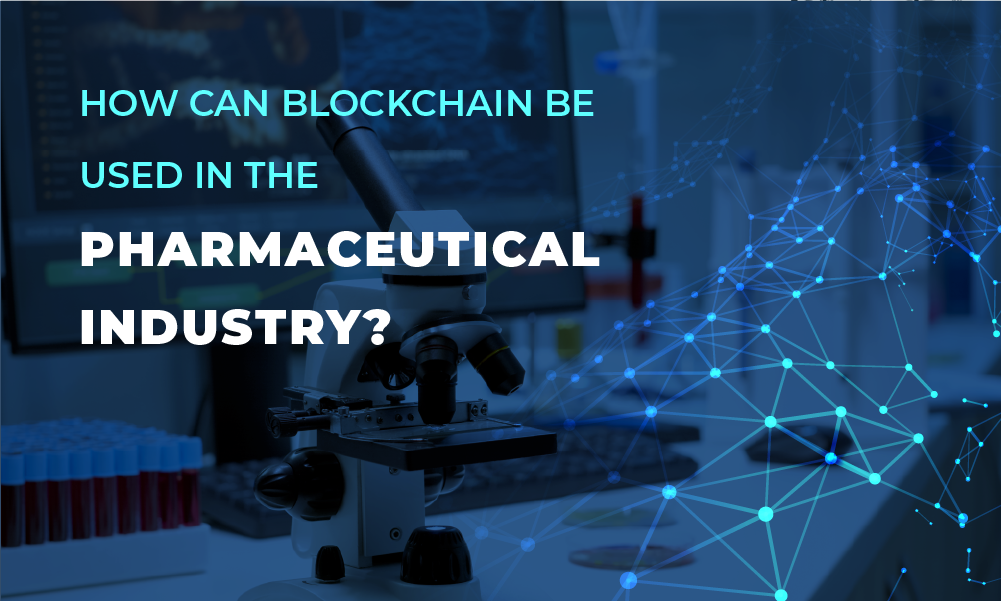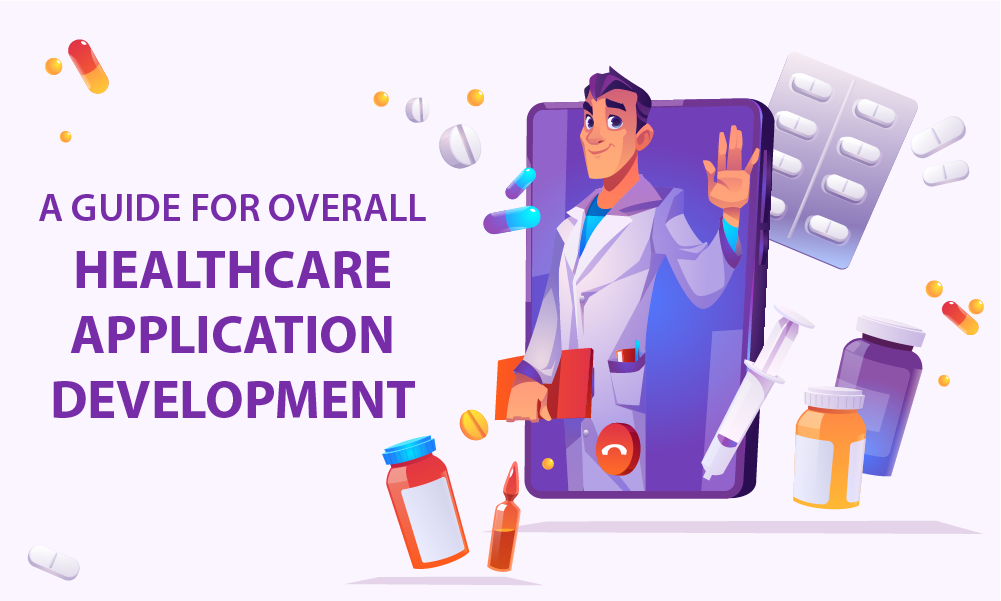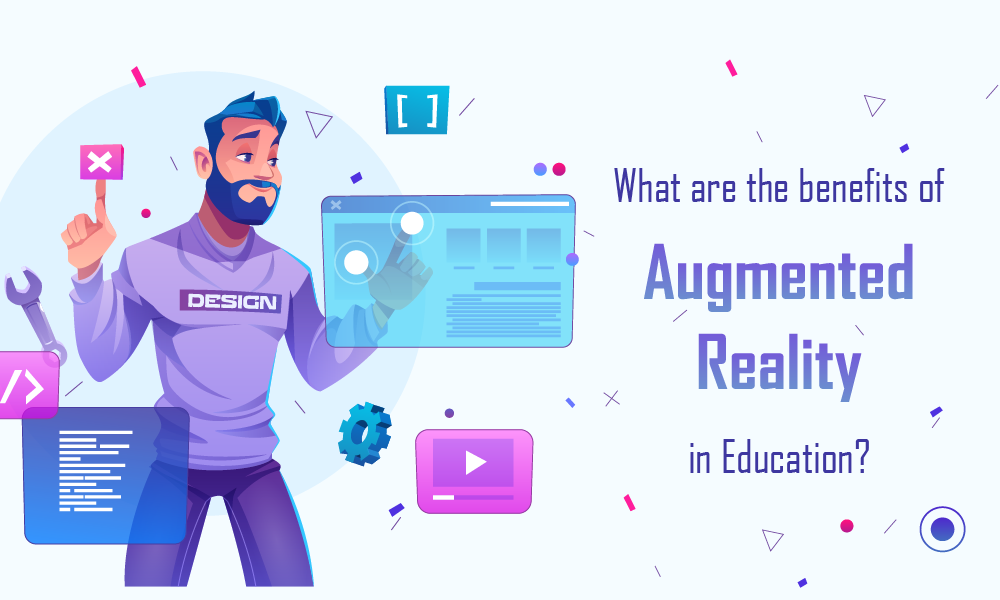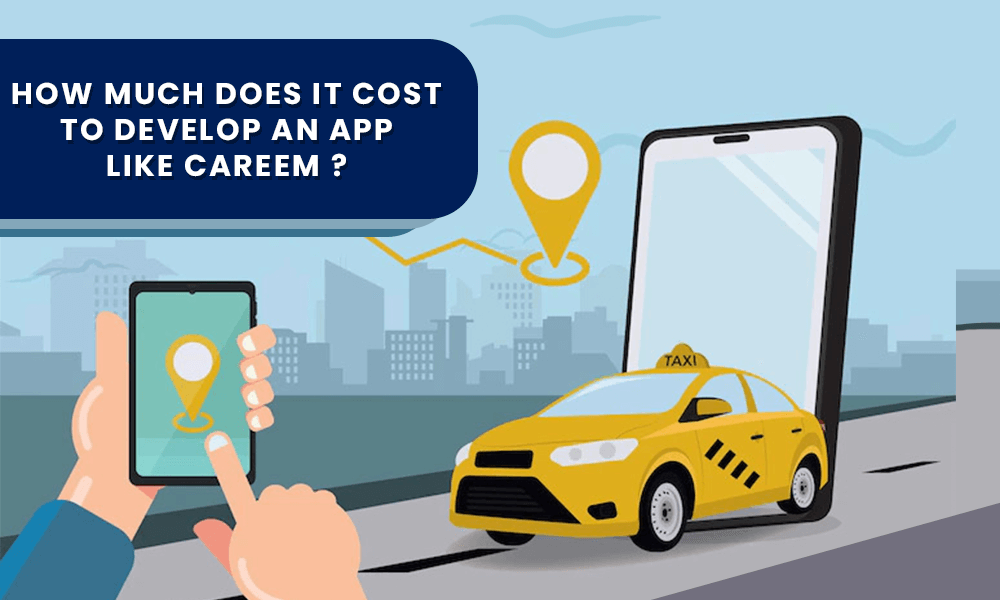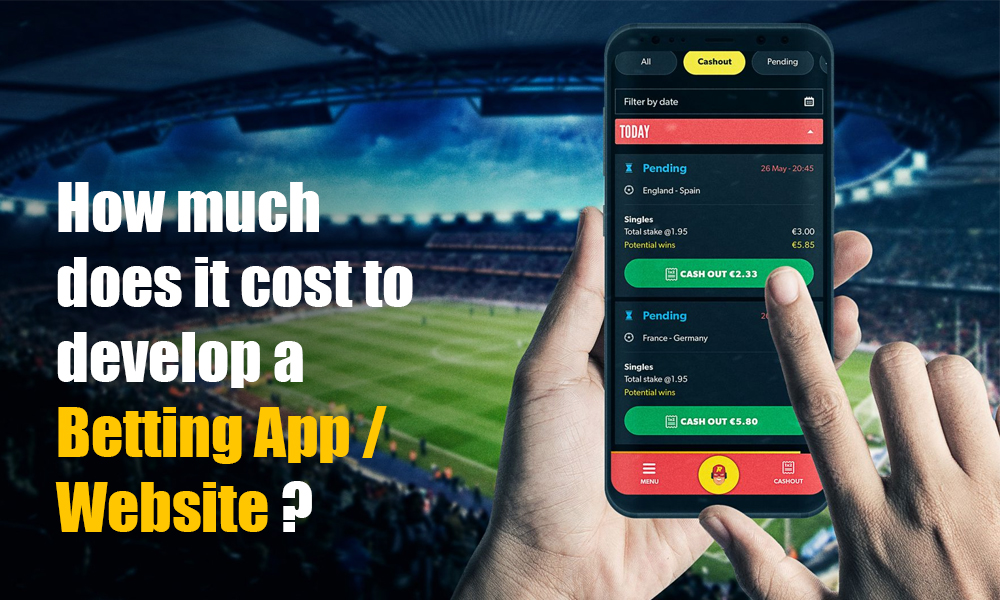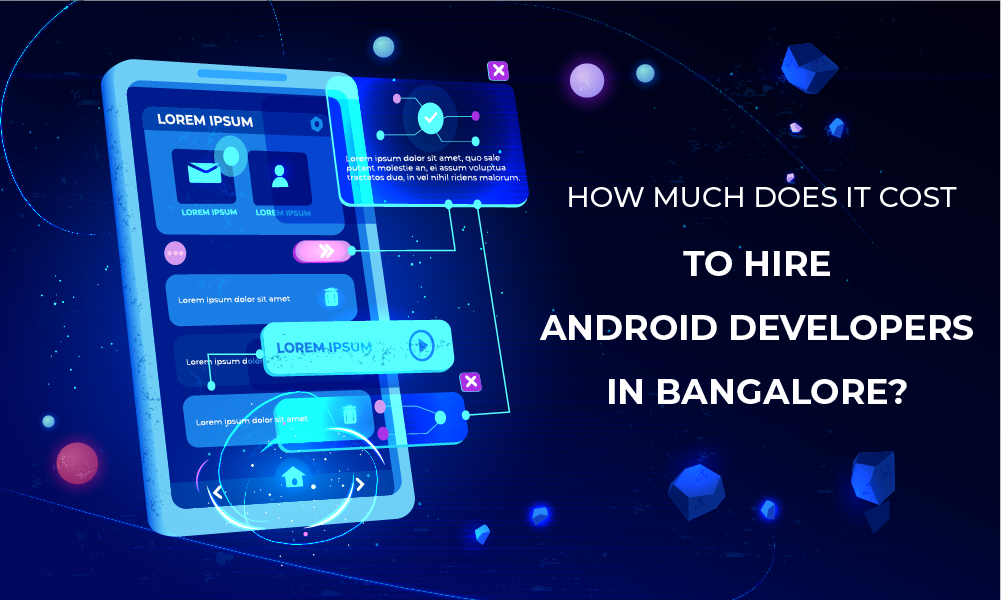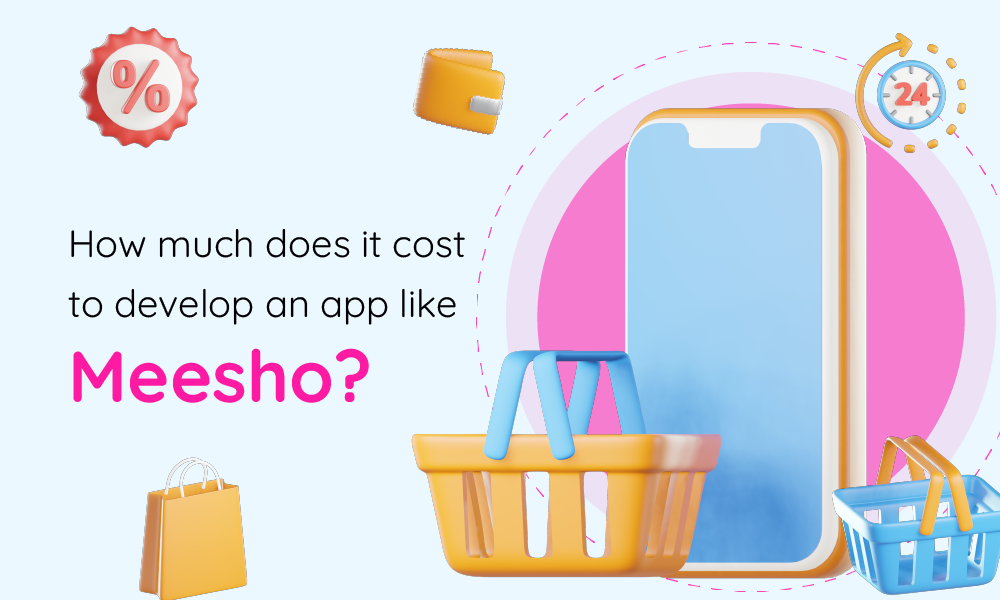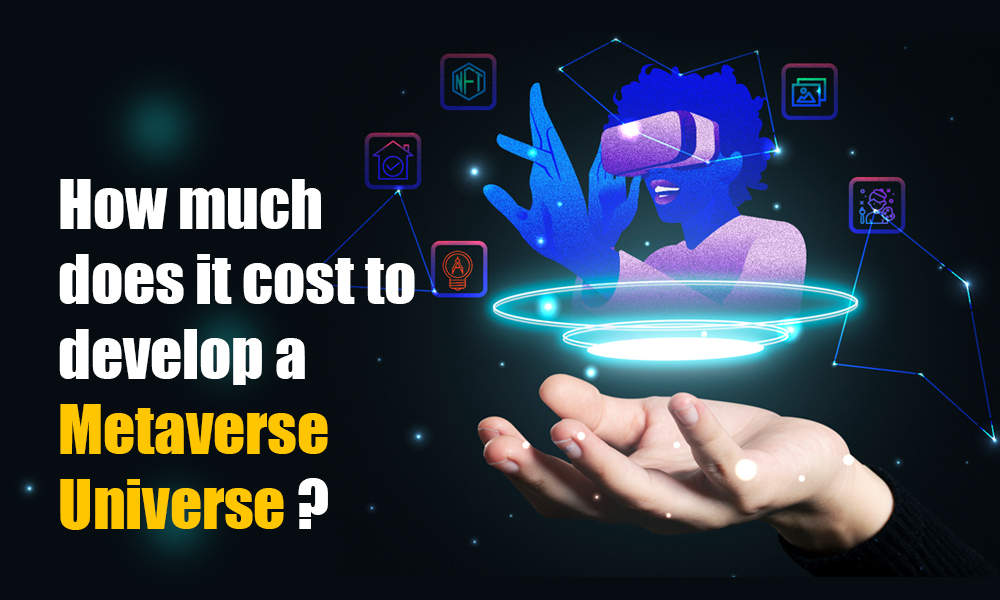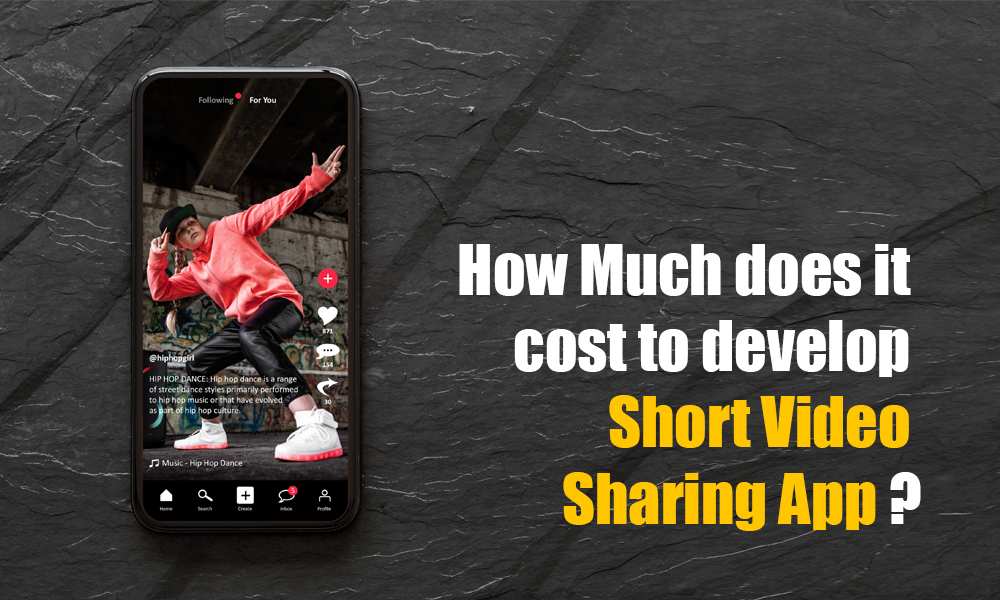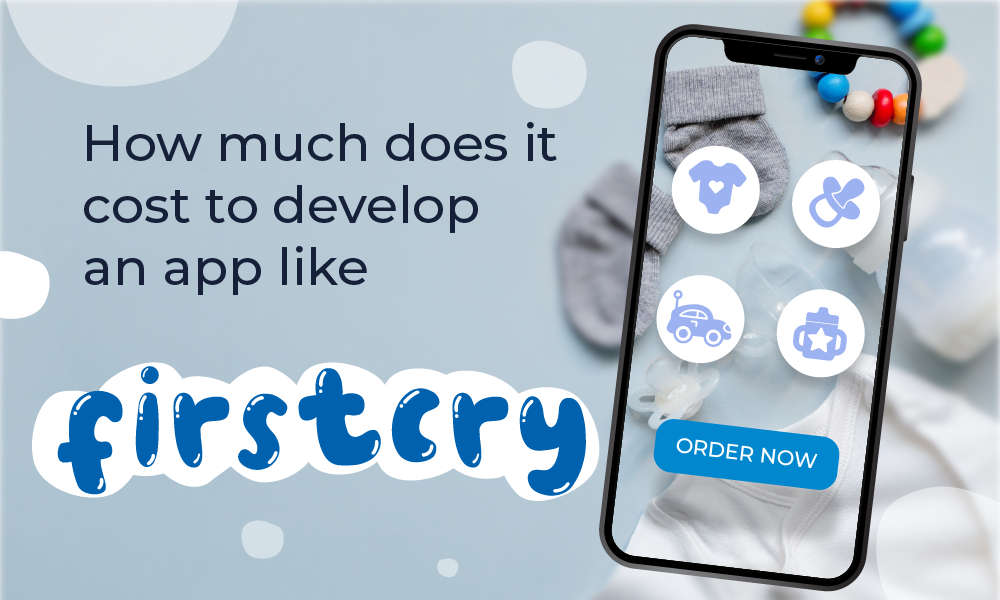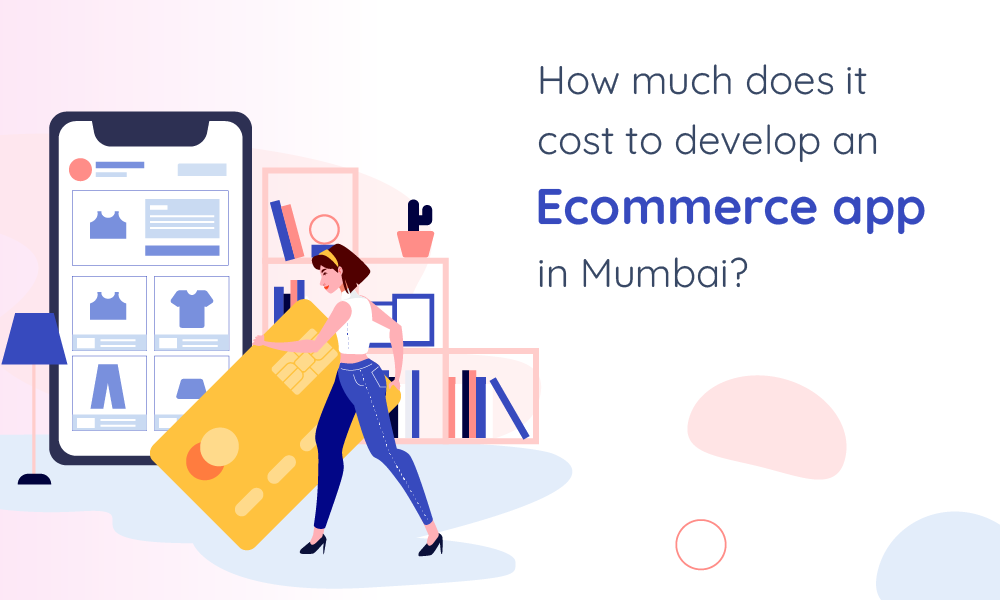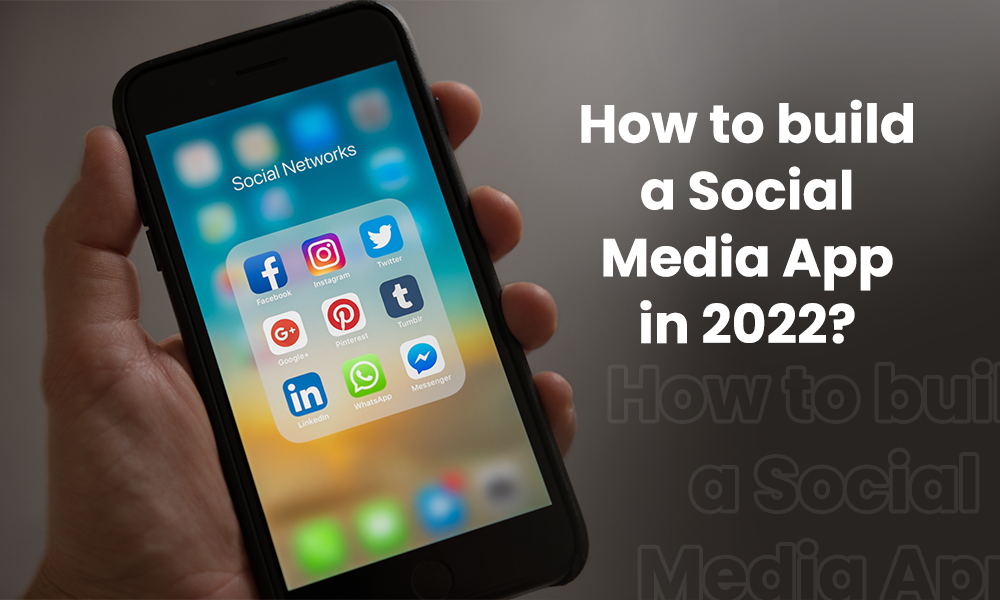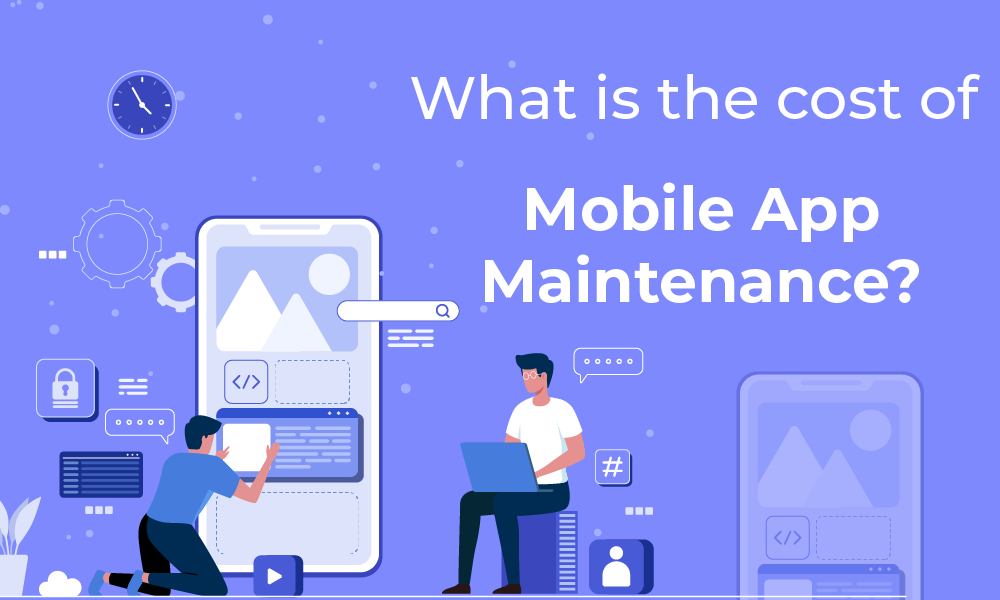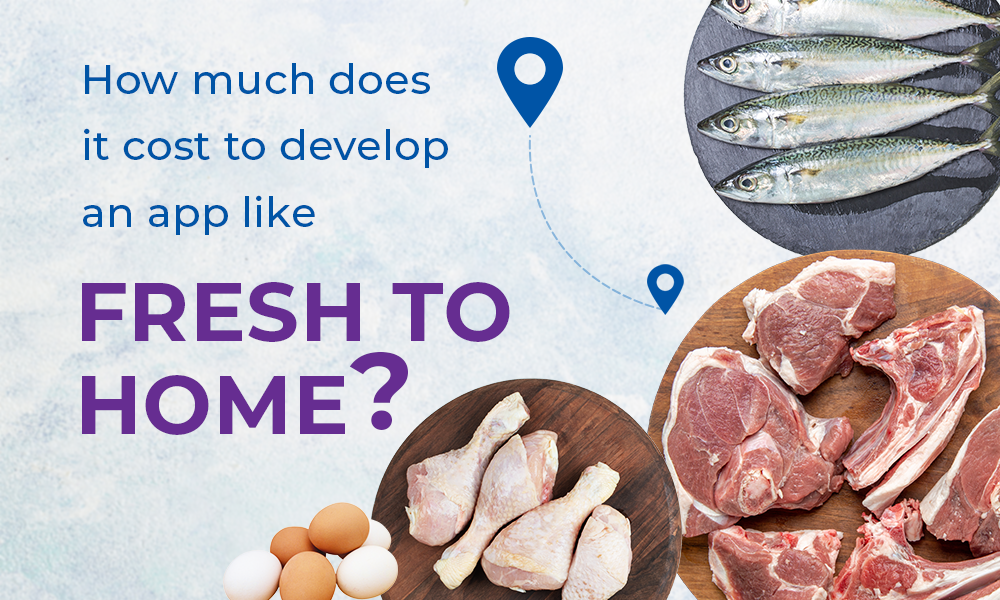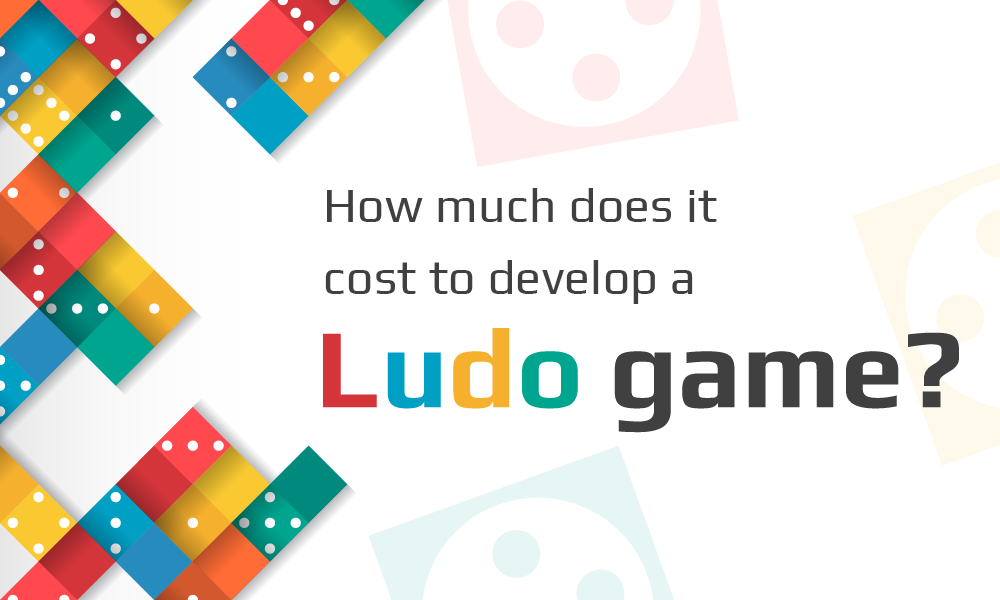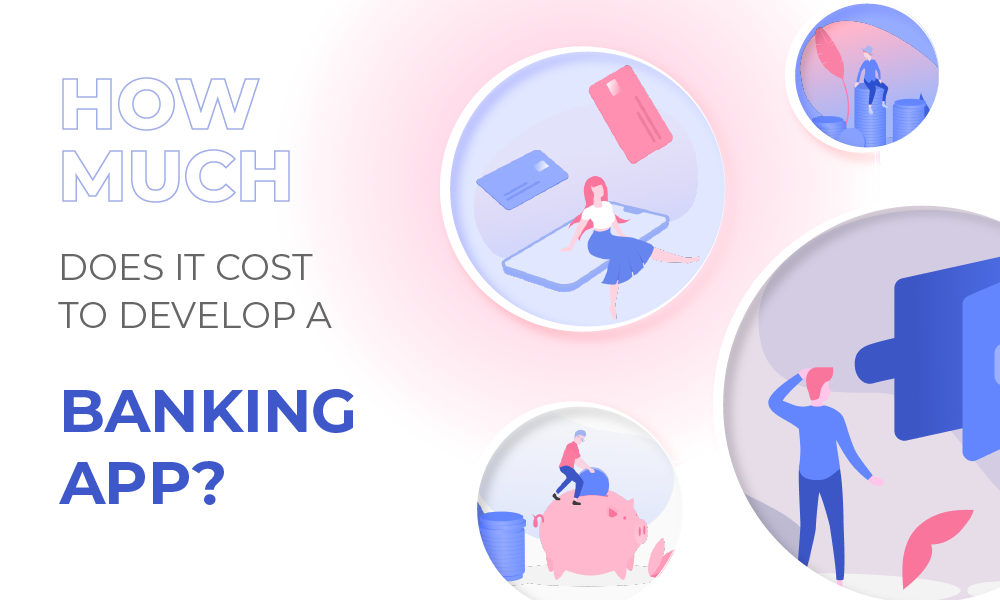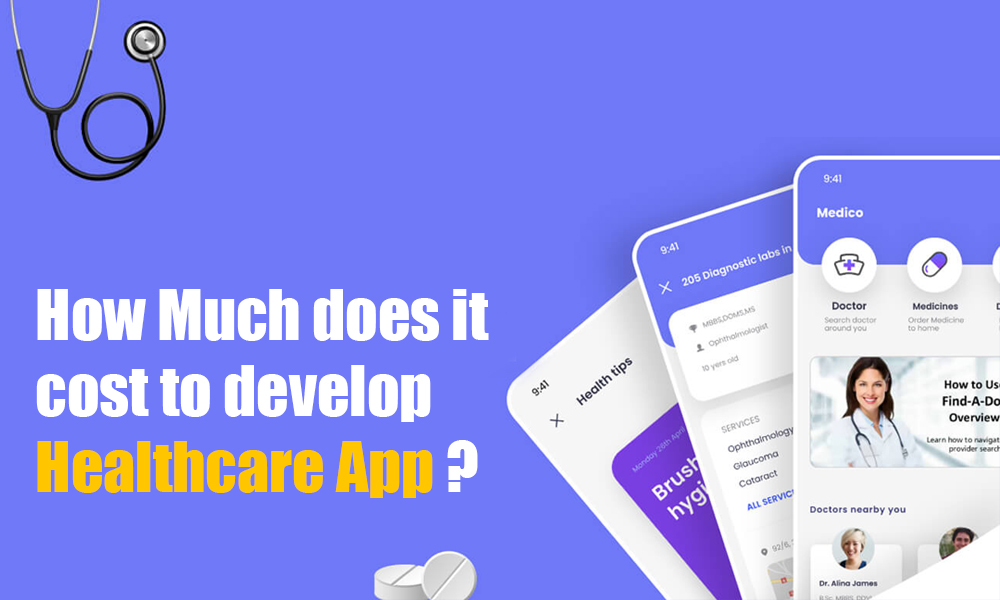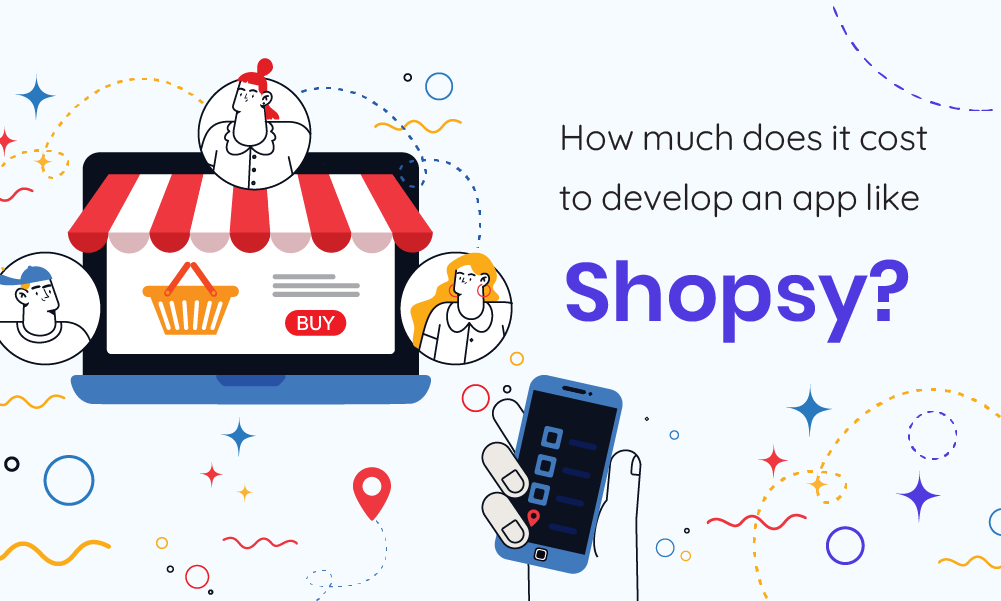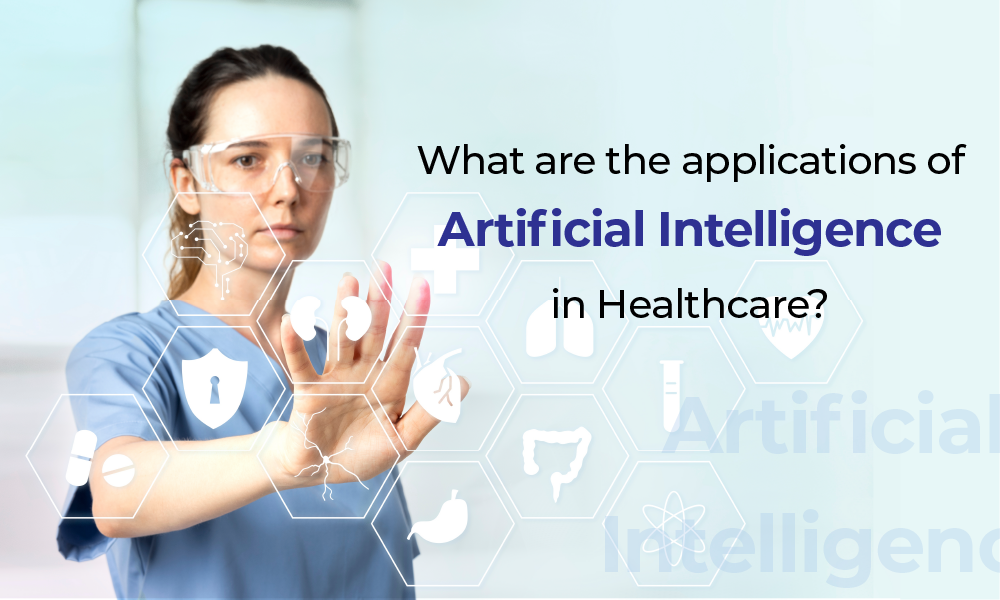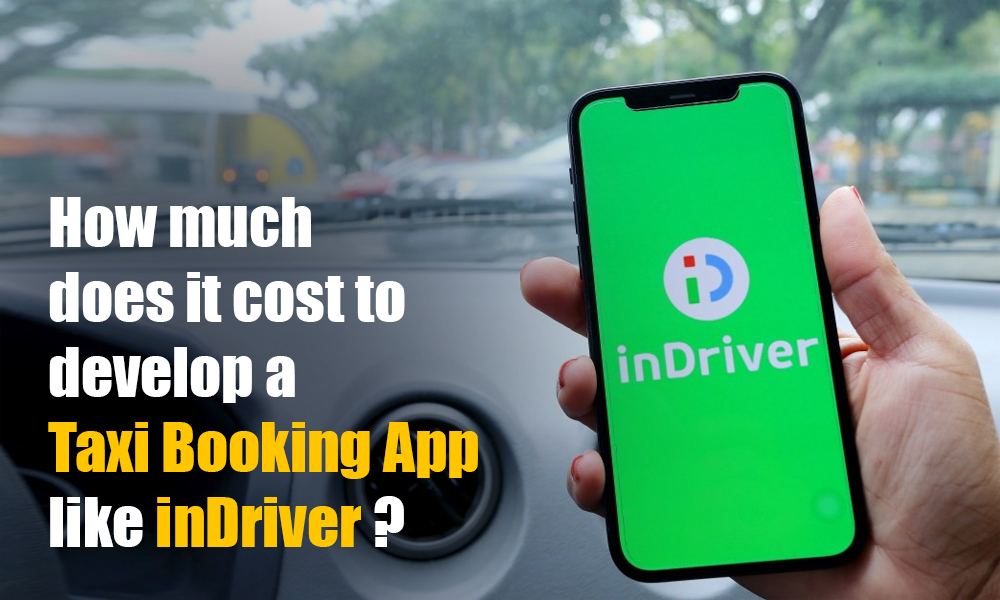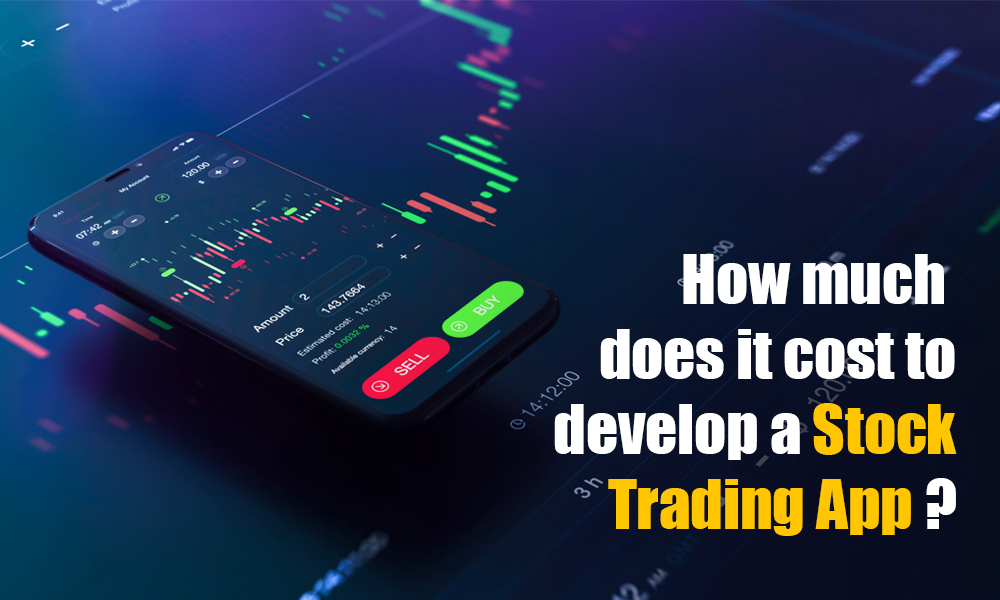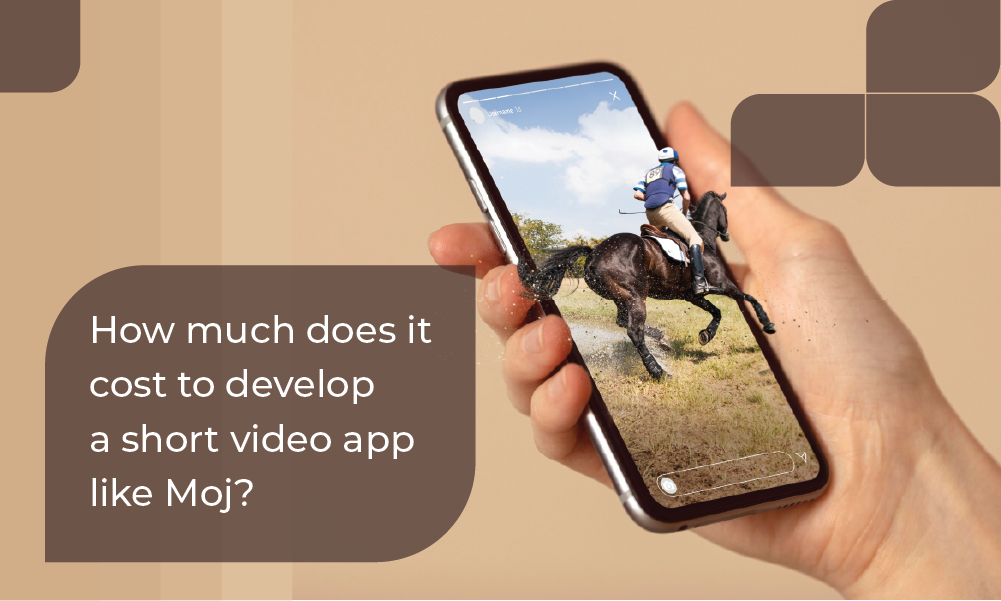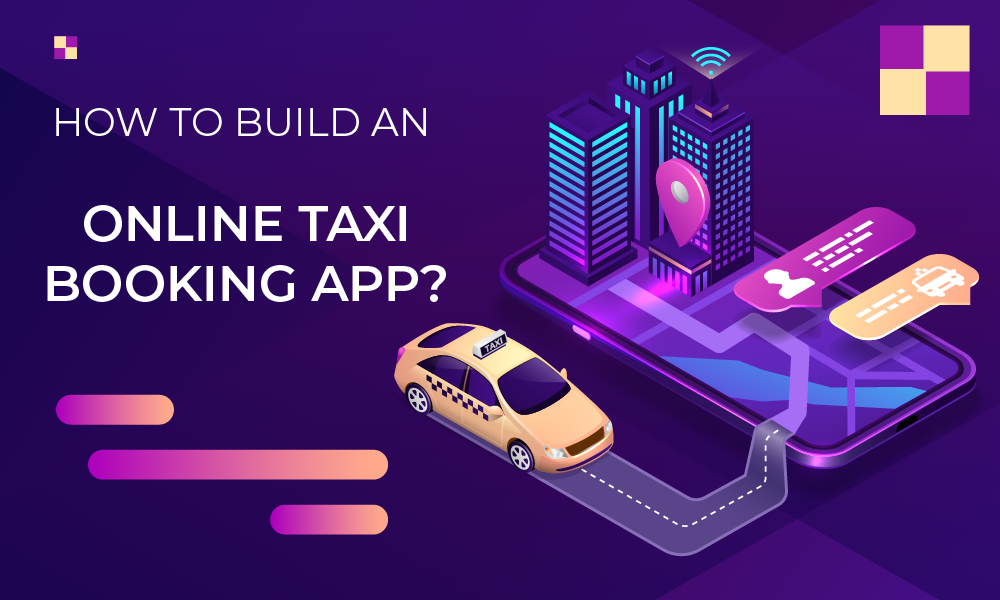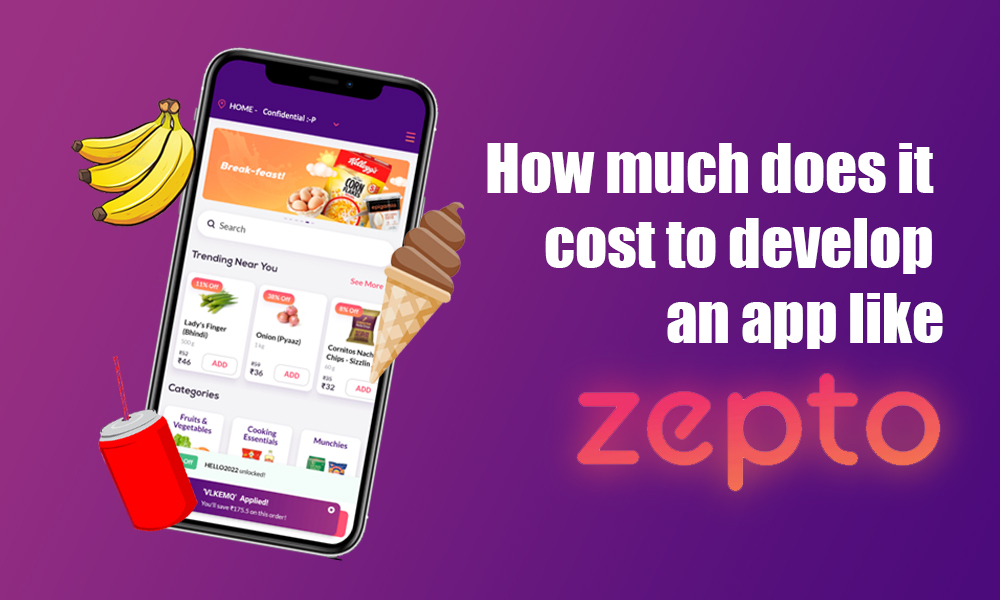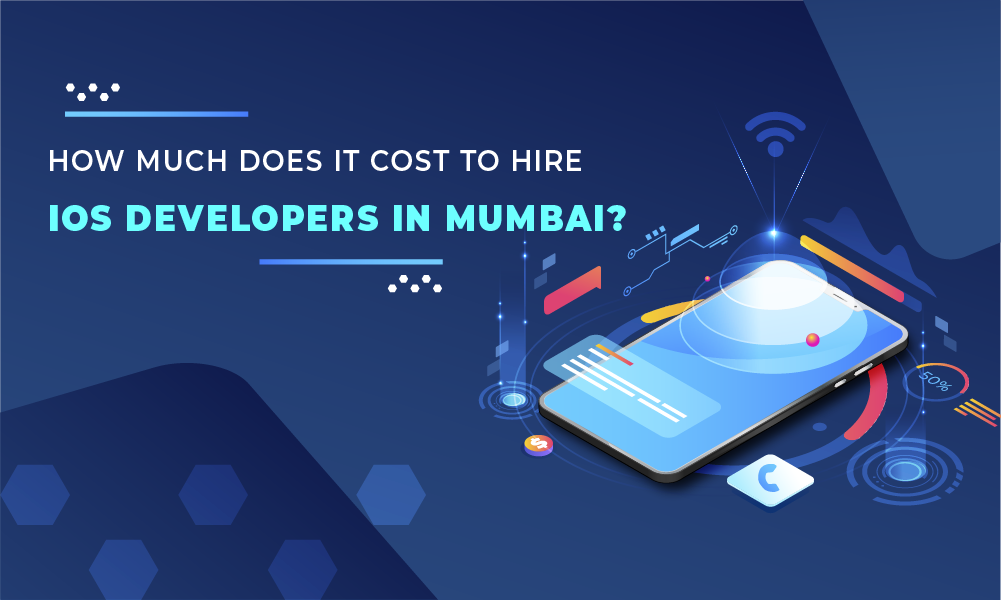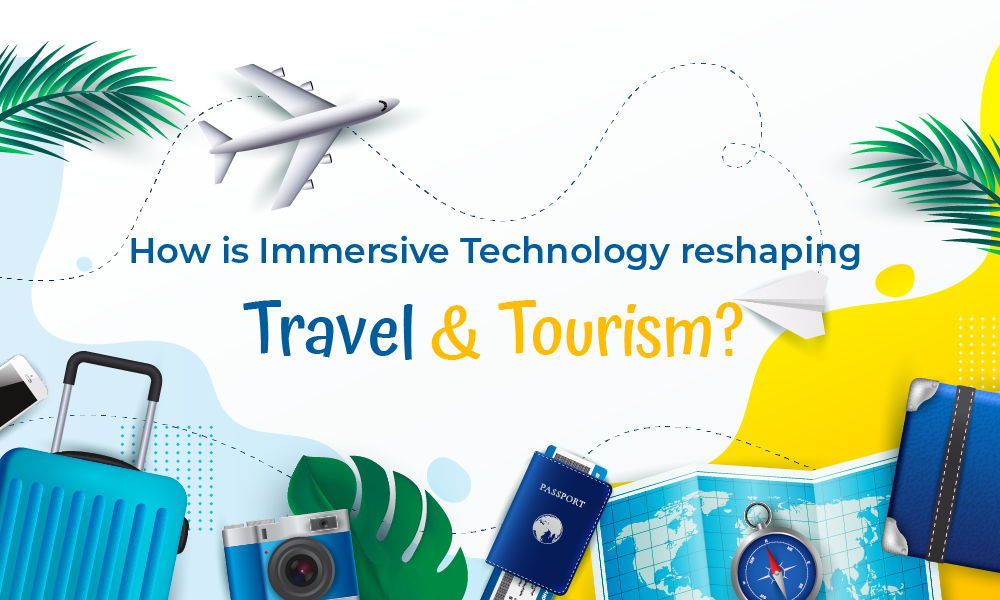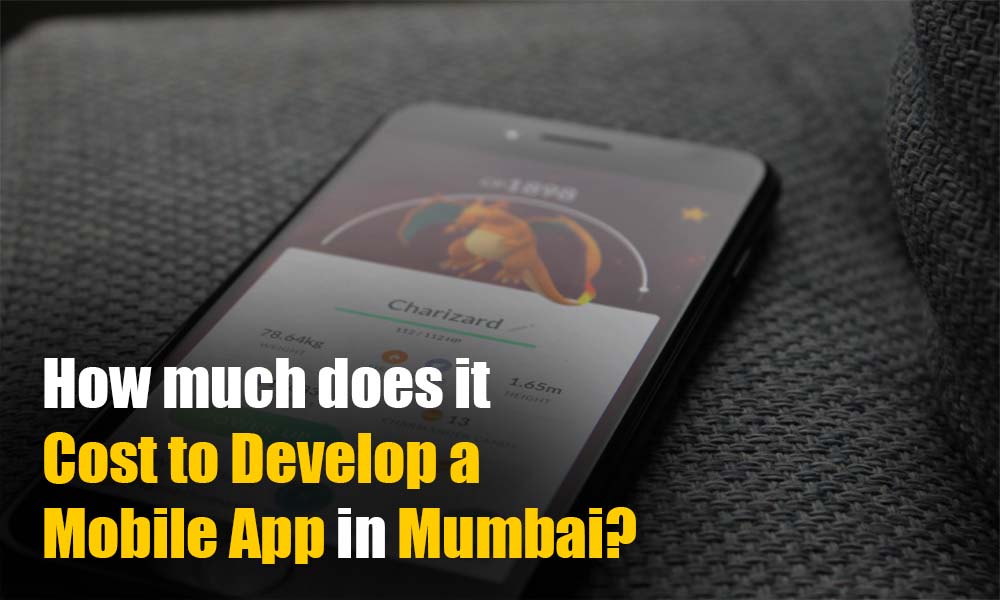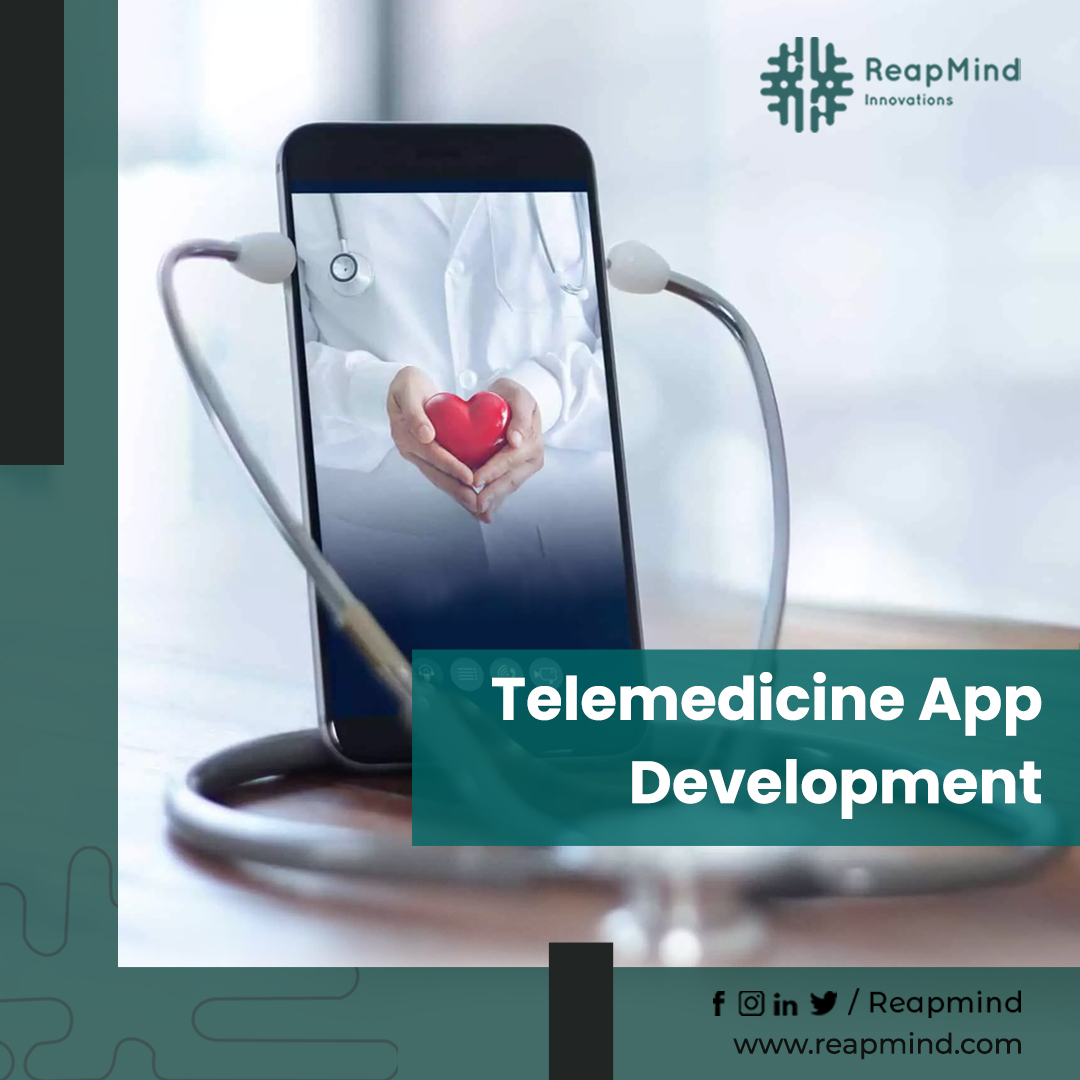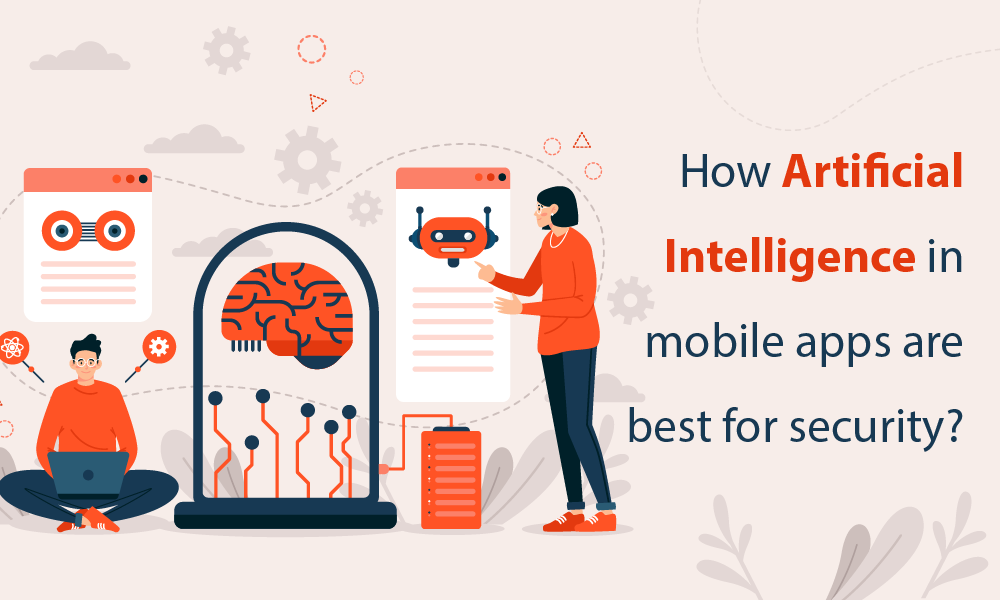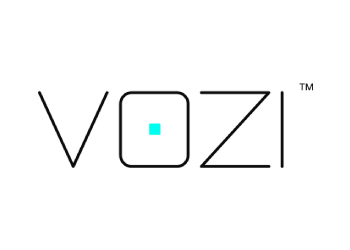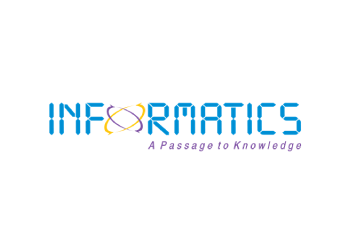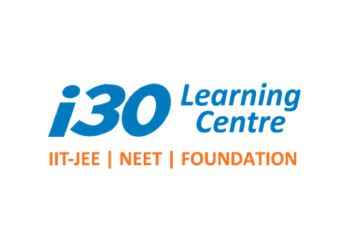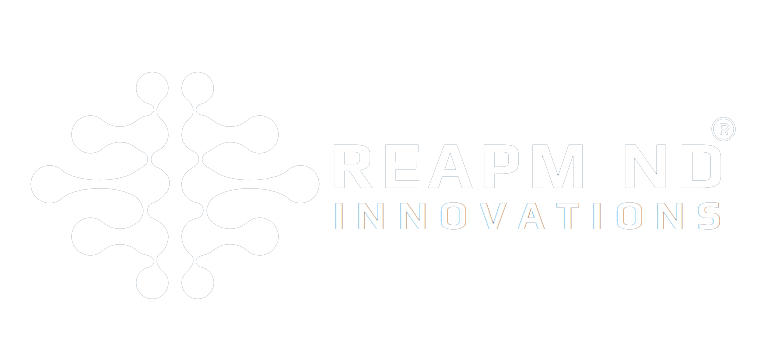Introduction to Digital Twins in Healthcare
Is the idea of a personalized digital twin for a medical patient just science fiction? Not anymore!
The global healthcare scene is undergoing a remarkable shift, all thanks to technologies such as artificial intelligence and the Internet of Things. Presently, one of the most exciting developments in this domain is the surge of digital twins.
So, what’s a digital twin? Simply put, it’s a dynamic virtual representation of a physical entity, consistently updated with real-time data. In healthcare, this means a virtual model of a patient that mirrors their health status, medical history, and even how they respond to treatment.
In the vast healthcare market valued at over $8 trillion globally, the adoption of digital twins is projected to reach an astounding $5.5 billion by 2025. Renowned companies like Philips, Siemens Healthineers, and GE Healthcare are actively creating and implementing digital twin solutions for various purposes, including personalized medicine, remote patient monitoring, and optimizing hospital operations.
In this blog, we’ll dive deeper into the details of digital twins in healthcare and also explore some challenges linked to them, along with how leading companies like ReapMind are helping businesses overcome these challenges.
Understanding Digital Twins in Healthcare
Table of Contents
ToggleIf you’re unfamiliar with the term “digital twins,” you’re not alone. This cutting-edge technology, still in its early stages of adoption, is making waves in the healthcare industry. But what exactly are digital twins, and why are they generating such buzz?
Think of a digital twin as a virtual doppelganger of a physical object or process. In healthcare, this translates to a personalized, computer-generated model of a patient, complete with their unique medical history, genetic makeup, and even real-time physiological data. This virtual twin acts as a dynamic mirror, offering deeper insights into a patient’s health status than ever before.
A recent survey by Frost & Sullivan reveals that 70% of healthcare leaders believe digital twins will significantly impact their operations within the next three years. This surge in interest is no surprise, considering the potential benefits.
By providing a personalized window into a patient’s health, digital twins offer numerous benefits. They enable doctors to:
- Tailor treatment plans: With insights into a patient’s unique biology and medical history, doctors can craft personalized treatment plans that are more effective and less likely to cause adverse reactions.
- Predict health risks: Digital twins can analyze vast amounts of data to identify potential health issues before they manifest, allowing for early intervention and prevention.
- Monitor patients remotely: Real-time data from digital twins empowers healthcare professionals to remotely monitor patients, especially those with chronic conditions, leading to better management and reduced hospital admissions.
As technology continues to advance, the possibilities for digital twins in healthcare are endless, paving the way for a more personalized, data-driven future of medicine.
Advantages of Digital Twins Technology in Healthcare
The healthcare industry is in a state of constant evolution, and digital twins technology is emerging as a powerful tool to drive change. As this technology matures, its applications in healthcare are expanding rapidly.
Let’s explore the top five advantages that digital twins offer:
- Enhanced Patient Care: Digital twins offer personalized treatments, foresee potential health risks, and enable remote patient monitoring, resulting in improved patient outcomes and lowered healthcare costs.
- Streamlined Hospital Operations: Utilizing digital twins to simulate hospital processes pinpoints areas needing enhancement, reducing wait times, optimizing resource usage, and enhancing overall hospital efficiency.
- Expedited Research and Development: Employing digital twins for virtual drug and therapy testing accelerates the development of new treatments, facilitating quicker access for patients.
- Enhanced Surgical Precision: Planning and practicing surgeries via digital twins results in more accurate procedures, reduced operating durations, and faster patient recovery.
- Improved Training: Digital twins serve as a safe, lifelike environment for training medical professionals, enhancing the quality of patient care by improving the skills of healthcare providers.
Digital Twins Applications in Healthcare
Digital twin technology promises to revolutionize healthcare by creating virtual replicas of patients, organs, and entire medical systems. This innovative approach offers a diverse range of applications that have significantly improved patient care and outcomes.
- Diagnosis and Treatment: Software acting as a medical device (SaMD) can utilize digital twins to analyze patient data, including scans, wearable data, and medical records, to create personalized models. This will allow clinicians to diagnose diseases more accurately, predict potential complications, and make informed treatment decisions, leading to better patient outcomes.
- Patient Monitoring: Wearable technologies combined with digital twins will enable continuous monitoring of vital signs, activity levels, and other health parameters. By analyzing this data in real-time, healthcare professionals can detect early signs of illness, prevent complications, and personalize treatment plans.
- Surgery Simulation: Digital twins of patients’ organs and tissues can be used to create virtual environments for surgeons to practice complex procedures before operating on actual patients. This reduces the risk of complications and improves surgical outcomes.
- Medical Device Design: MedTech companies can design and optimize medical devices by creating digital twins of their products. This allows them to virtually test and refine designs before expensive prototypes are built, leading to faster development and improved device performance.
- Drug Development: Digital twins of human organs and cells can be used to virtually test new drugs and predict their efficacy and potential side effects. This can significantly reduce the time and cost of drug development, while also improving the success rate of clinical trials.
Real-World Examples of Digital Twins in Healthcare
Digital twins are no longer a futuristic concept in healthcare. It’s actively transforming patient care and delivering tangible results. Let’s delve into three real-life success stories showcasing the practical impact of digital twins on healthcare outcomes:
- Personalized Medicine at the Mayo Clinic: The renowned institution leverages digital twins to create patient-specific models, incorporating medical imaging, genetic data, and real-time sensor information. This allows doctors to personalize treatment plans and predict individual responses to specific therapies, leading to more effective and safer care.
- Remote Patient Monitoring with Babylon Health: This UK-based company uses digital twins to remotely monitor patients with chronic conditions. By analyzing wearable data and integrating it with a virtual model, Babylon can identify potential health issues early, enabling timely interventions and preventing complications. This empowers patients to manage their health proactively and reduces hospital readmissions.
- Surgical Precision at Össur: This prosthetic limb manufacturer utilizes digital twin technology to design and manufacture custom prosthetics for amputees. 3D scans of patients’ limbs are used to create a precise virtual model, allowing engineers to design and manufacture perfectly tailored, comfortable, and functional custom prosthetics.
Challenges of the Digital Twin in Healthcare
While the potential of digital twins in healthcare is vast, significant challenges must be overcome to realize their full potential. Here are some of the key challenges:
- Data Privacy and Security: Digital twins collect and store vast amounts of sensitive healthcare data, raising concerns about potential breaches, misuse, and unauthorized access. Robust security measures and ethical guidelines are essential.
- Data Accuracy and Completeness: Inconsistent data formats, missing information, and outdated records can lead to inaccurate models and unreliable predictions. Standardized data collection protocols and ensuring data integrity are critical.
- Interoperability: Integrating digital twins with existing fragmented healthcare systems can be complex and costly due to different platforms and data formats. Standardized data formats and interoperable platforms are essential.
- Scaling Implementation: Deploying digital twins across large healthcare organizations requires significant resources and expertise. The cost of technology infrastructure, data storage, and maintenance can be substantial.
- Technical Complexity: Developing and maintaining digital twins requires expertise in various technologies, including data modeling, simulation, artificial intelligence, and cyber security. Finding qualified personnel and bridging the skills gap can be challenging.
The Future of Healthcare
The world of healthcare is on the brink of a groundbreaking transformation, all thanks to the incredible potential of digital twins. These virtual replicas are set to revolutionize patient care by tailoring it to an unprecedented level. But that’s just the beginning.
The future of healthcare will be shaped by digital twin technology in ways we’ve never seen before. It’s not just about treating illnesses; it’s about preventing them. By spotting health risks early on and intervening proactively, digital twins are set to redefine preventive medicine.
And it’s not just a solo act. Expect collaborations between healthcare experts and tech giants to skyrocket. This partnership will drive the development of incredibly advanced digital twin solutions, blending the best of medical expertise with cutting-edge technology.
Let ReapMind Be Your Partner in Digital Twin Adoption
ReapMind stands out as the ideal choice for your Digital Twins journey, offering a unique combination of expertise, a result-driven approach, and a commitment to healthcare innovation.
- Our expert team, proficient in digital twin technology, healthcare intricacies, and software development, tailors solutions to yield tangible, real-world results for your business.
- Beyond technology, our passion lies in achieving measurable outcomes. Partner with us to enhance patient care, optimize systems, and expedite research and development, benefiting from our proven success across diverse healthcare businesses.
- Positioned at the forefront of healthcare innovation, ReapMind consistently pushes boundaries, exploring novel applications for digital twins. Embrace the transformative power of this technology as we commit to unlocking its full potential in partnership with you.
Contact ReapMind today to explore our cutting-edge solutions, enabling better outcomes, streamlined operations, and the delivery of exceptional patient care.
Conclusion:
In the world of healthcare, the future is now, and we’re here to guide you through the exciting realm of Digital Twins Technology. Think of us at ReapMind as your tech experts in blending data, simulation, and AI.
We’re not just creating digital twin solutions; we’re building a whole new healthcare experience. Our team of experts possesses the deep understanding and technical prowess to craft personalized solutions that seamlessly integrate with your existing infrastructure. We believe in collaboration, working alongside you to unlock the full potential of digital twins and transform your healthcare journey.
FAQs
- What are digital twins in healthcare?
Ans: Digital twins are digital replicas of physical objects or systems, in this case, patients or healthcare processes. They are created using data from various sources, such as medical records, sensors, and imaging scans.
- How do digital twins impact patient care?
Ans: Digital twins give a detailed look at a patient’s health. They watch data in real-time, catch issues early, and create personalized plans, all making patient care better.
- Can digital twins be used in medical imaging?
Ans: Yes, digital twins play a big role in medical imaging. They make virtual copies of organs or tissues, helping professionals analyze treatment results, plan surgeries better, and improve how accurately diseases are diagnosed.
- Why choose ReapMind for your digital twin healthcare solution?
Ans: We are a leading provider of digital twin solutions for healthcare, offering a comprehensive suite of customizable and scalable tools. We have a proven track record of success in helping businesses across the healthcare sector achieve their strategic goals.
- How can I get started with digital twins in healthcare?
Ans: Contact us today to schedule a consultation call to get started with digital twins in healthcare.
